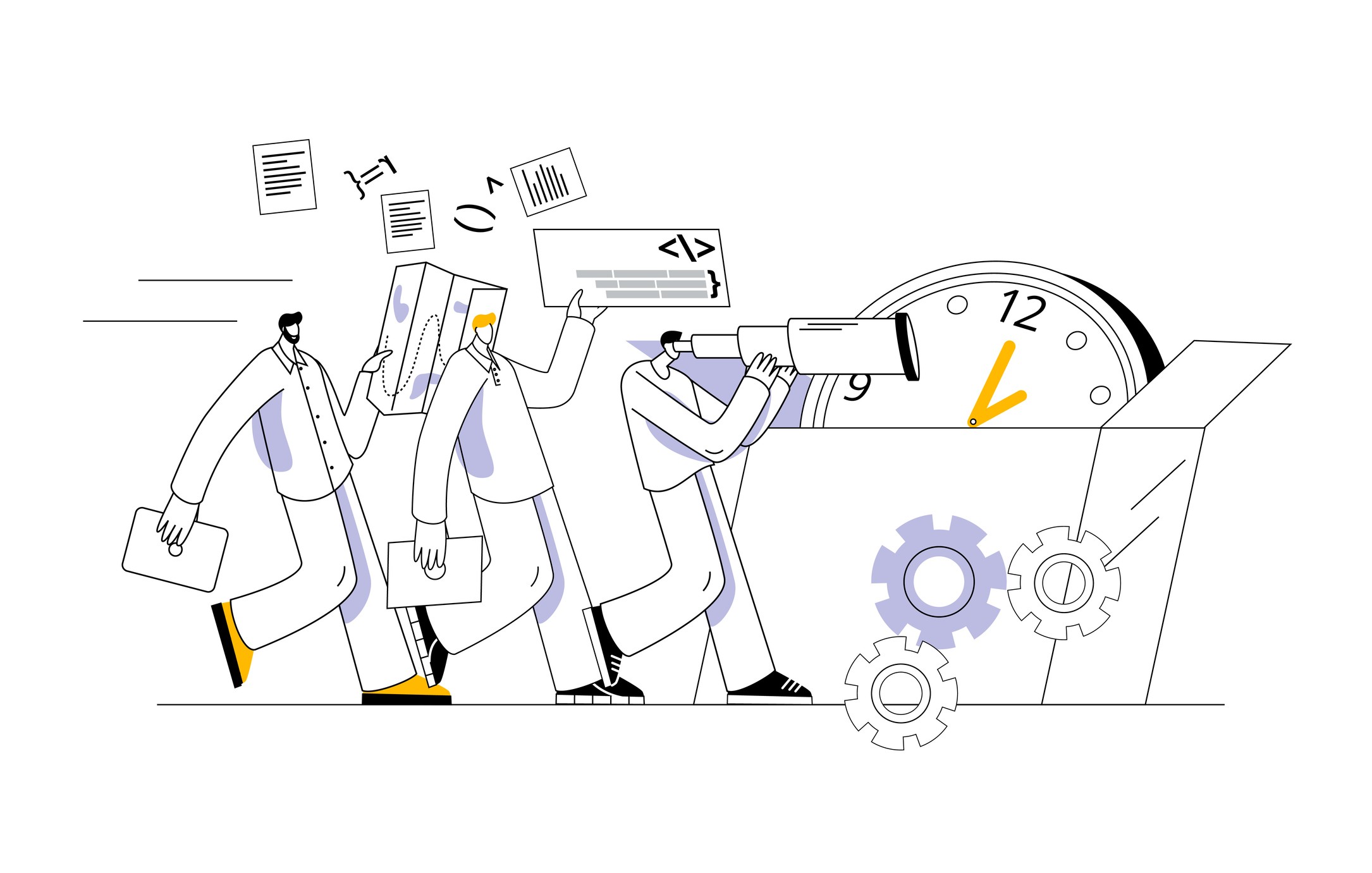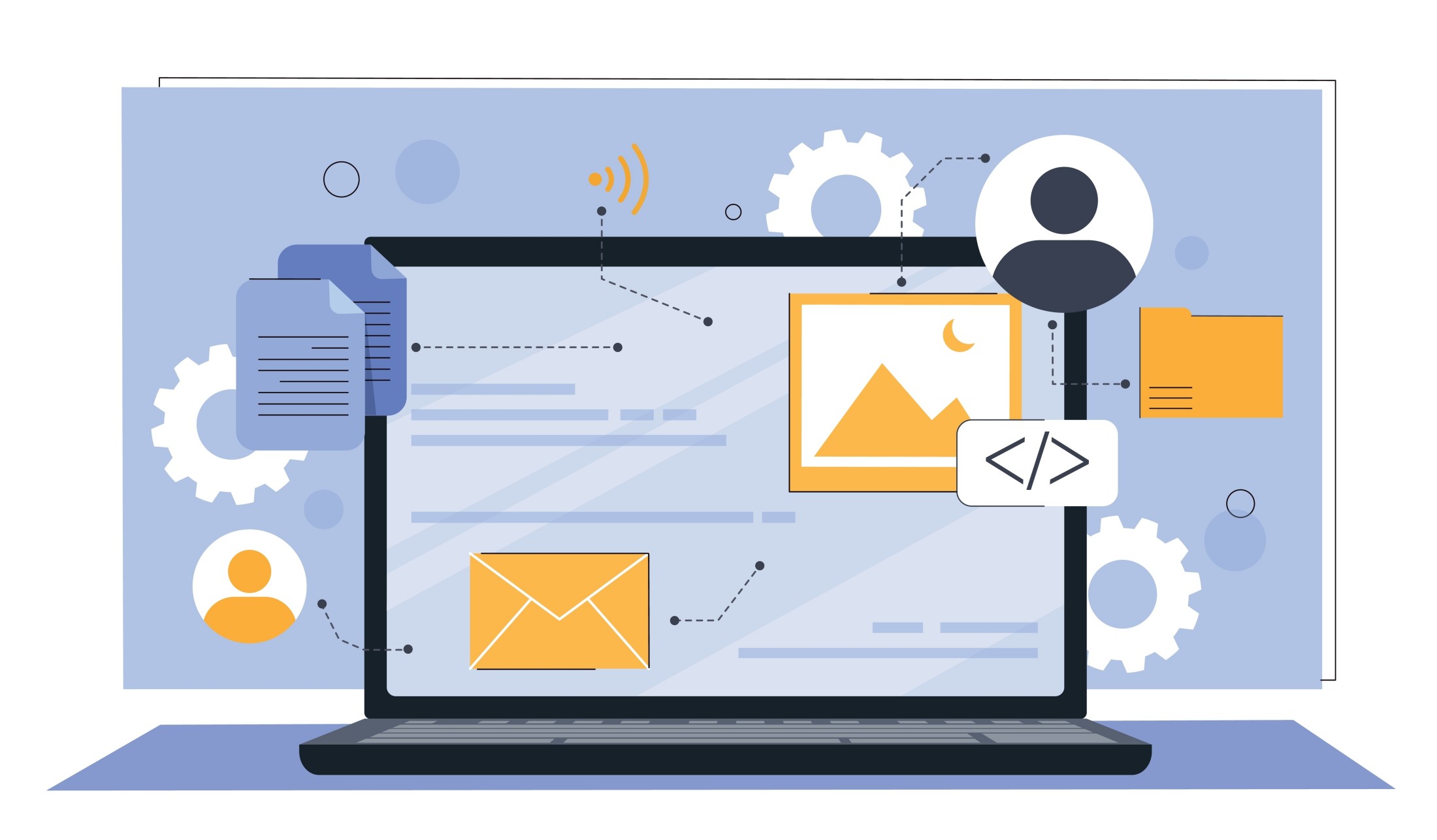The world of web development is brimming with exciting possibilities. However, navigating the path from concept to launch isn't without its challenges. Unforeseen hurdles, technical glitches, or even scope creep can derail projects and leave budgets in tatters.
Risk management is the proactive process of identifying, assessing, and mitigating potential threats that could impact your web development project. By understanding how Agile and Waterfall methodologies handle risks differently, project managers and developers can equip themselves with valuable strategies to ensure a smooth development journey.
Risk Management and Project Success
Risk management is the systematic practice of anticipating, analyzing, and developing responses to potential problems that could throw your web development project off course. It's essentially a proactive approach to safeguarding your project's success.
Imagine launching a critical e-commerce platform only to discover a security vulnerability after go-live. This scenario highlights the importance of risk management. By proactively identifying and addressing security risks during development, you can prevent costly delays, reputational damage, and even legal repercussions.
Unmanaged risks can wreak havoc on your project in several ways:
- Schedule Delays: Unforeseen technical obstacles or communication gaps can easily push deadlines back.
- Budget Overruns: Addressing unexpected issues often requires additional resources, leading to cost overruns.
- Compromised Quality: Rushing to meet deadlines due to unmanaged risks can lead to compromised code quality and potential bugs.
- Reduced Client Satisfaction: Project delays, budget increases, and quality issues can all lead to unhappy clients.
Traditional Waterfall Approach to Risk Management
The Waterfall methodology is a linear, sequential approach to project management, often likened to a cascading waterfall. Each phase (requirements gathering, design, development, testing, deployment) is completed in a specific order before moving on to the next. This structured approach lends itself well to risk management in the early stages of development.
Risk identification and mitigation in Waterfall projects typically occur during the planning phases, particularly during requirements gathering and design. Here's a breakdown of the process:
- Extensive Documentation: Waterfall projects involve detailed documentation outlining project scope, functionalities, and potential challenges. This comprehensive analysis allows for the identification of major risks upfront.
- Risk Assessment and Prioritization: Once identified, risks are evaluated based on their likelihood of occurring and the potential impact they could have on the project. This helps prioritize which risks require the most attention.
- Mitigation Strategies: Project managers then develop mitigation strategies to address these prioritized risks. This might involve allocating resources for additional testing, implementing redundancy measures, or establishing clear communication protocols.
Advantages of Waterfall Risk Management
The structured nature of Waterfall offers some distinct advantages for risk management:
- Clear Documentation and Upfront Planning: The emphasis on thorough documentation in Waterfall allows for a comprehensive risk assessment early on, potentially uncovering major issues before development begins.
- Resource Allocation: By identifying risks during planning, project managers can allocate resources specifically for risk mitigation strategies, ensuring they have the necessary tools and personnel to address potential problems.
Disadvantages of Waterfall Risk Management
However, the Waterfall methodology's rigidity also presents some challenges when it comes to risk management:
- Inflexible Nature: Waterfall's linear progression can make it difficult to adapt to newly identified risks during development. If a significant risk emerges later in the process, it can be costly and time-consuming to adjust plans.
- Rapidly Changing Requirements: Project requirements can evolve quickly. The initial risk assessments conducted in Waterfall might become irrelevant as the project progresses, potentially leaving unforeseen risks unaddressed.
Agile Methodology and Risk Management
Agile development takes a fundamentally different approach to risk management compared to Waterfall. It prioritizes an iterative and incremental development process, breaking down projects into smaller, manageable sprints. This allows for continuous development, testing, and feedback throughout the project lifecycle. This iterative nature fosters a unique approach to risk management.
Advantages of Agile Risk Management
- Continuous Risk Identification and Mitigation: Agile's focus on short sprints allows for ongoing risk assessment throughout development. The team can constantly identify and address potential risks as they arise, fostering a proactive and adaptable approach. This can potentially lead to cost savings by addressing issues early before they snowball into larger problems later in development.
- Adaptability to Change: Agile embraces change, allowing the risk management strategy to adjust to evolving project requirements. New features or changes mid-project can be assessed for associated risks and integrated into the ongoing risk management plan. This flexibility helps to mitigate the cost of rework that might be necessary due to unforeseen changes in Waterfall projects.
Disadvantages of Agile Risk Management
- Limited Upfront Planning: The emphasis on short sprints in Agile can lead to less emphasis on in-depth risk assessments during the initial planning stages. This might leave some potential risks unidentified at the outset of the project, potentially leading to unexpected costs down the line if these risks materialize.
- Increased Management Overhead: The ongoing nature of risk assessment in Agile requires consistent monitoring and adaptation throughout the project lifecycle. This can lead to increased management overhead compared to Waterfall's upfront planning approach.
Overall, Agile risk management excels in its adaptability and responsiveness to change. However, the lack of upfront planning can leave some risks unaddressed initially, potentially impacting costs. Additionally, the ongoing nature of risk assessment can increase management overhead.
Considerations for Choosing a Risk Management Approach
Selecting the most appropriate risk management approach hinges on several key factors:
- Project Size and Complexity: For larger, more complex projects with well-defined requirements, Waterfall's structured approach and upfront planning can be beneficial. Conversely, smaller, less complex projects with evolving requirements might thrive under Agile's flexible risk management framework.
- Team Experience and Skillset: If your team has experience working in a Waterfall environment and possesses strong planning skills, it might be a natural fit for your project. However, a team comfortable with iterative development and continuous adaptation might excel in an Agile risk management approach.
- Client Involvement and Risk Tolerance: Highly involved clients with low risk tolerance might appreciate the detailed planning and upfront risk assessment offered by Waterfall. On the other hand, clients who prioritize flexibility and embrace change might be more receptive to Agile's adaptable risk management style.
Ultimately, the best approach often lies in a hybrid model. You can leverage the strengths of both methodologies by incorporating elements of Waterfall's upfront planning and risk identification with Agile's continuous risk assessment and adaptation throughout the development lifecycle. By tailoring your risk management strategy to your specific project needs, you can significantly increase your chances of a successful web development project.
Agile vs Waterfall Risk Management
The optimal risk management strategy depends on your project's specific needs. Consider factors like project size, complexity, team skillset, and client involvement. Don't be afraid to leverage a hybrid approach, incorporating elements from both Agile and Waterfall to create a risk management plan that empowers your team to navigate challenges and deliver a successful web development project.




